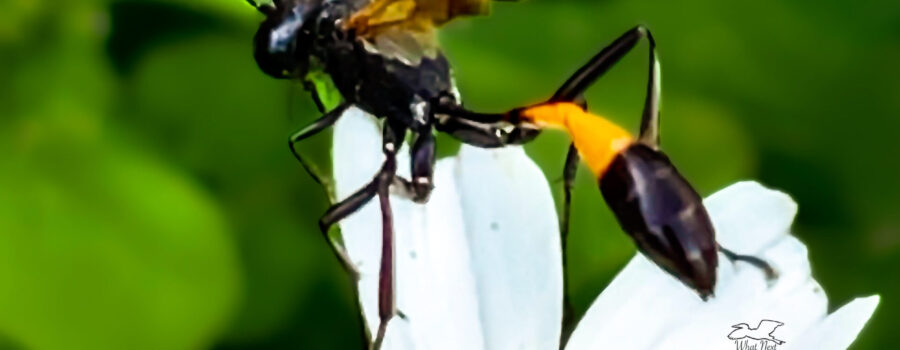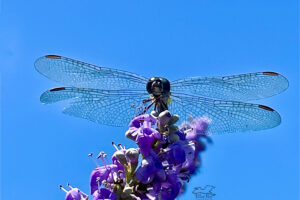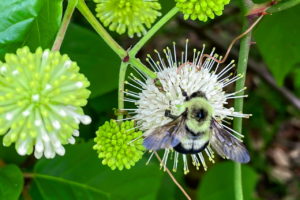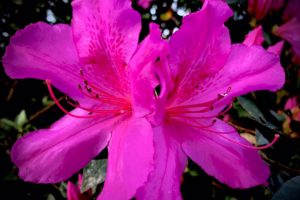Beautiful Ammophila pectipennis is an Uncommon Florida Wasp

I was very excited to find this relatively uncommon wasp feeding in the wildflowers that grow behind our office. I sometimes go out there because there are always quite a few pollinators out and about. The numbers and type vary with the season and the weather, but I’ve never been totally disappointed when I’ve gone back there. This latest trip led to the discovery of this new species to add to my life list. This pretty little thread-waisted wasp is pretty uncommon and has no common name. It’s scientific name is Ammophila pectipennis and it is closely related to the common thread-waisted wasp (Ammophila procera), which we see around here quite often.

Ammophila pectipennis has not been well studied, but like other thread-waisted wasps, it is a solitary wasp. It is found in the Eastern United States, especially in the southern states. It builds its nests as tunnels in the ground, into which it deposits a single egg. The egg is laid on a paralyzed caterpillar, which the larva will consume once it hatches. By the time the food is gone, the larva will have reached the adult stage, and leaves the nest tunnel. The adult wasps mainly eat flower nectar, but will sometimes consume small insects as well. There are usually several generations each year, and adults are on the wing most of the year down here.

Thread-waisted wasps are usually found in open areas with plenty of access to sun, and hence flowers. They are frequent garden visitors and should be welcomed by gardeners. Since they are solitary, these wasps are not territorial, so not inclined to sting unless stepped on or roughly handled. Since they prey on leaf eating caterpillars they are not only beneficial to the garden by pollenating the flowers, but also by removing these pests. Their underground tunnels also help to aerate the soil. So if you see one of these guys cruising around in your garden, don’t get out the wasp spray. Let it be, and your garden will thank you!






Recent Comments